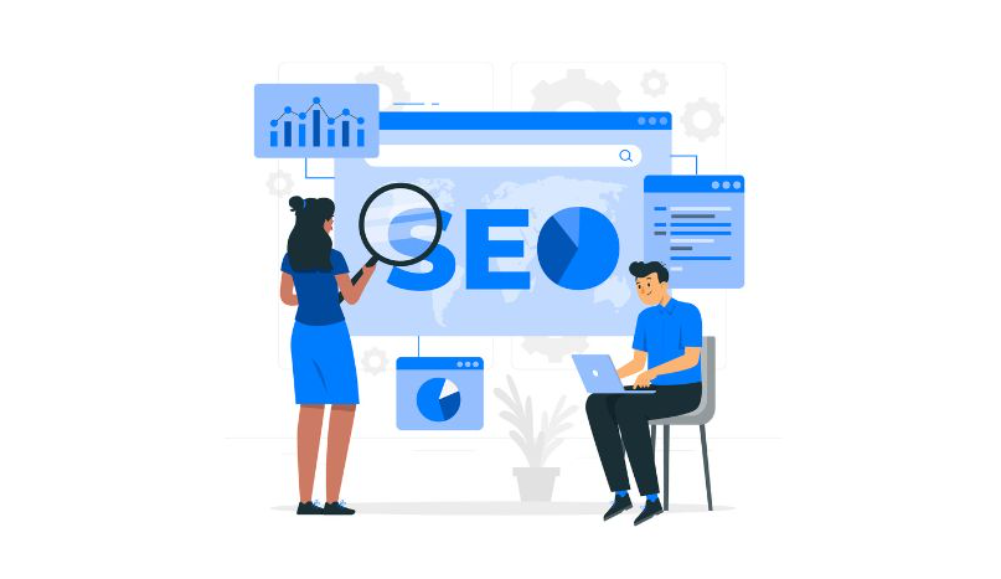Every website owner wants to increase their online presence. No matter if their website is an eCommerce store, digital marketing platform, or a simple blog, having a great reach and receiving impressions is what they create content for.
Successfully fulfilling this objective requires optimizing content, according to search engine optimization (SEO).
The following SEO tips are a sure way of ranking higher and increasing your visibility. It includes optimizing your content as per the audience and search engine requirements to make it stand out in their eyes.
In this article, you will explore content optimization tips for SEO to increase your online visibility.
Consider your keyword strategy
Keywords increase your online visibility. The first and foremost thing is content optimization through the right keyword strategy. The keyword strategy means devising a proper plan to research, find, target, and use keywords intelligently in your content. It helps you target the right audience and ultimately increase your online visibility. This is particularly crucial for SEO for higher education, where institutions need to reach prospective students searching for educational programs
Its first step involves performing in-depth keyword research to find the most appropriate and relevant keywords for your content. During the process, you have to find phrases and keywords that are frequently used by your target audience, have high search volume, and have low difficulty or competition.
You can easily find keywords through a keyword research tool and by running a competition analysis. Choose one primary and 4-5 secondary keywords with the same intent as the primary. After targeting the right keywords, you should use them strategically in your content.
Include your primary keyword in the title, the first and last paragraphs, and in the content body while avoiding keyword stuffing. Moreover, you should also include your keywords in the Meta Titles and Descriptions, Alt Tags, Page URLs, or in the Anchor Text.
Write SEO-friendly subheadings and header tags
A huge piece of content with no breaks within seems unattractive to readers. No audience prefers reading such content. Therefore, it is necessary to optimize your content by breaking the wall of text and dividing it into considerable sections.
To make your content more readable and attractive, create equal segments where each section is specified for a particular sub-topic only. You should write eye-catching and SEO-friendly subheadings for these sections.
Give header tags to highlight your subheadings as the key points. Assigning header tags adds structure to the content. The H1, H2, and H3 tags should be assigned in a hierarchical order. To optimize them, you should include your primary or secondary keywords within
Furthermore, your content’s main heading should be assigned an H1 tag and should be relevant to your title tag and content topic. Include your primary keyword in it, and the content should only contain one H1.
Avoid plagiarism
Suppose you want to ensure that your content is loved by the audience and search engines alike so that its online visibility is increased. In that case, you must take special care to avoid unintentional plagiarism. Plagiarism will lead you to face backlash and penalties, making it difficult to be on top pages.

After writing your content, verify all of its sentences are original with the help of a reliable plagiarism checker. You can use this tool for free to accurately identify plagiarism in the content. The plagiarism detector will find it if you have accidentally plagiarized any sentence or phrase.
A plagiarism check tool will help you make your content original by identifying plagiarism. You can rewrite the plagiarized sentences to make them plagiarism-free.
Optimize the meta description and title tag
Before even landing on your content, the first thing that captures the audience’s attention is the meta information. The meta information includes two components: meta description and meta title. These show in the SERPs, representing what your content offers.

Optimizing this meta information is a crucial aspect of SEO optimization. You should craft a compelling and unique meta title that users will click on. Write it within the 50- to 60-character limit, including your primary keyword. Writing more words will be unnecessary as the search engines can only display a certain length of information.
Similarly, write a simplified summary of your content in the meta description. Make it engaging so that the user wants to explore more by clicking through it. You can use power verbs like “discover” or “learn” and write it too in its preferred limit of 160 characters while incorporating your main keywords. Remember that the length of the meta description doesn’t increase with empty space, so make every word count to entice users to click through.
In conclusion
Content optimization is an integral part of SEO for increasing online visibility. During the content creation process, multiple SEO factors should be taken into consideration to optimize it.
Considering the SEO tips mentioned in the article, you can streamline the optimization process. To make your content worthwhile and increase its visibility on search engines, fully optimize it by applying these tips.
Learn more about SEO marketing with our SEO Marketing 101 Guide.

